BYD Builds a Horizontally Opposed Engine, Will Porsche and Subaru's World Collapse?
![]() 03/31 2025
03/31 2025
![]() 605
605
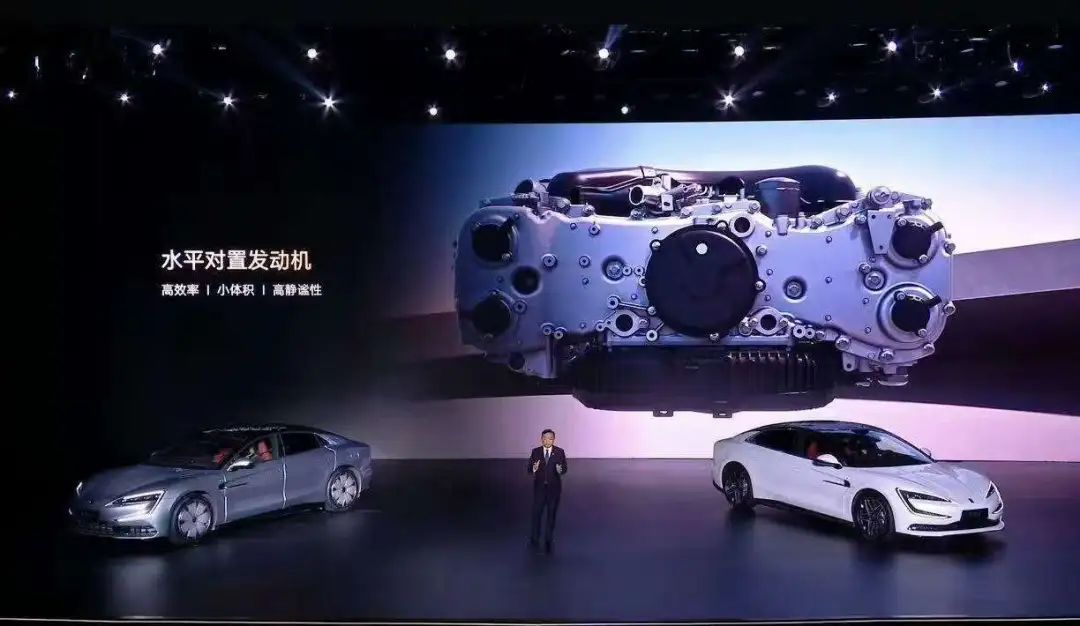
Introduction
Introduction
BYD has once again proven that no matter how powerful the engine technology is, it must serve the development of new energy.
In this era where everyone is saving money to buy Xiaomi SU7, let alone whether there is still a trend of creating an oil-electric confrontation across the industry, just ask those who are passionate about stepping on the accelerator on the road. I estimate that all technological changes related to fuel vehicles appear so outdated.
What exactly is an 'engine'? Who still cares about the weak power of 300~400Hp? In today's world where electric vehicles are popular, various exciting data are nothing more than unattractive numbers.
But interestingly, no matter how disdainful new energy automakers are towards the current fuel vehicle market, as the first automaker to complete the accumulation of capital to market share, from voice to user reputation, BYD has developed a horizontally opposed engine at this moment.
Nominally, as BYD itself said, this is to create more space in the front compartment of the Yangwang U7, so they have devoted efforts to developing this brand-new engine to serve as a range extender. However, in comparison, regardless of whether there is a qualitative leap in technological level, in terms of keyboard value alone, this engine with a bunch of new titles is far superior to Dongan Power's range extender engine.
There have always been different voices in the market regarding whether Chinese new energy vehicles can sell at a high price. But still, without historical precipitation and brand stories to attract fans, before Xiaomi SU7 appeared, the mental victory method was a shortcut for some brands to sell expensive cars, and it even seemed to work every time.
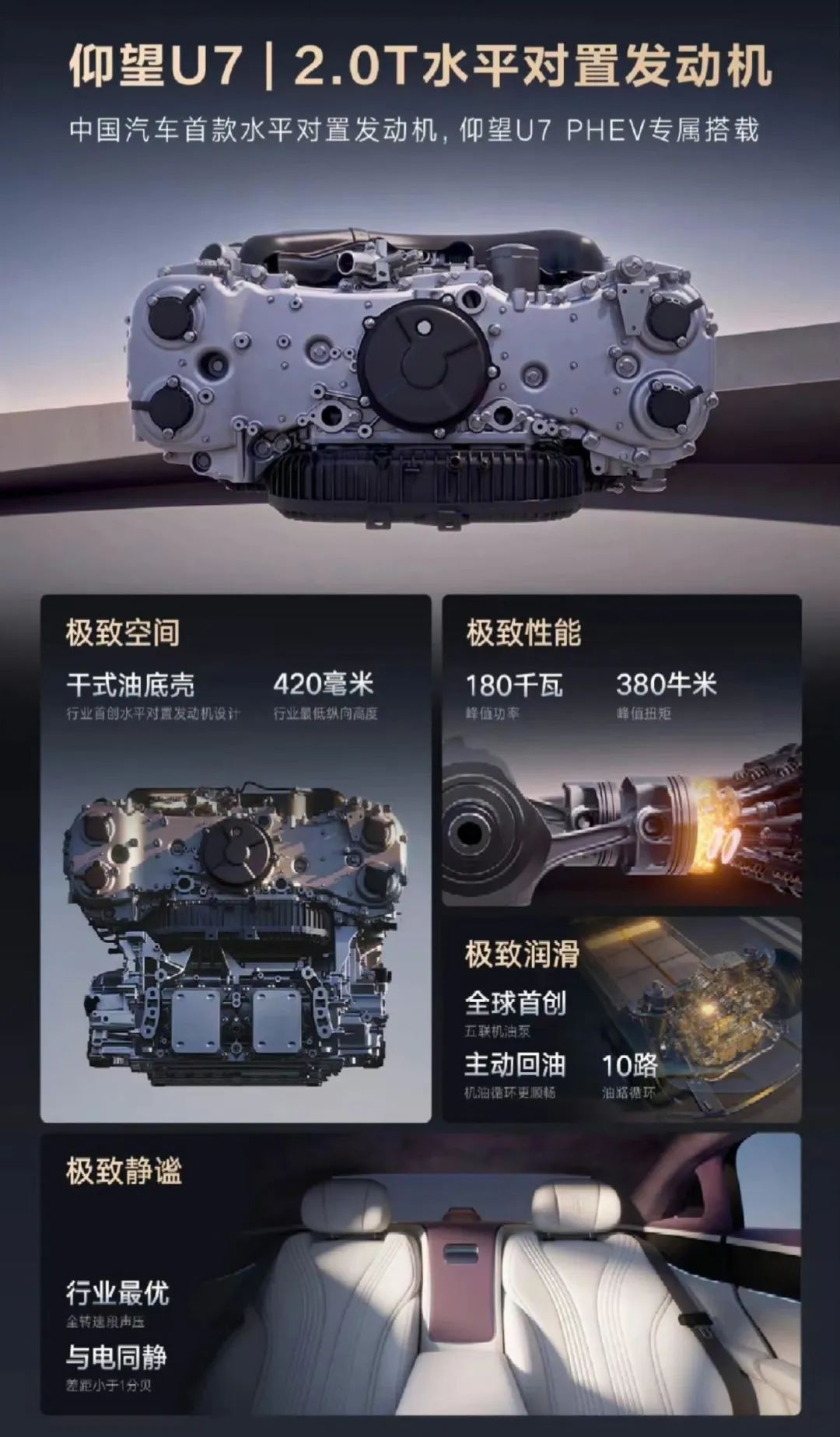
For BYD, with the successive emergence of the three high-end brands Denza, Yangwang, and FANGCHENGBAO, even if users can accept BYD using similar methods to create momentum for new brands, ultimately, as BYD increasingly leads the pack in innovative technology, relying on stirring up consumer sentiment to increase product premiums is not what BYD wants.
Horizontally opposed engine, a term that is almost forgotten. In the automotive field, only Porsche and Subaru models still insist on equipping them.
To put it bluntly, as the era of fuel vehicles gradually comes to an end, anyone who says they want to develop a horizontally opposed engine is no different from Volkswagen and Toyota stooping to ask Chinese automakers to help build their own electric vehicles in recent years.
Of course, I won't say much more. First, regardless of why BYD chose to develop a horizontally opposed engine specifically for the Yangwang U7 at this time, for most consumers, it might be worth reviewing how such an engine, which is not adopted by most companies, began and how it became deeply favored by Porsche and Subaru.
As early as the last century, in 1896, a German engineer named Karl Friedrich Benz invented the earliest horizontally opposed engine, the "Horizontally-opposed Cylinder Engine".

Does the engineer's name sound familiar? That's right, he is the founder of Benz & Cie automobile factory, Carl Benz, who is printed in history textbooks. However, the relationship between him and the later Mercedes-Benz is not within the scope of today's discussion.
Returning to the development of horizontally opposed engines, due to its shape, this engine is different from the traditional engine where the piston only reciprocates within the longitudinal range. Its cylinder arrangement is horizontal and facing left and right, and the piston movement resembles boxing, so this new engine is also known as the "Boxer Engine" among the public.
And until now, when opening the hood of a Subaru car, the word "Boxer" is still printed on the engine cover.
However, innovation is innovation. Even if such a unique design was very cutting-edge at that time, thereafter, there were also cars like the Czechoslovakian Tatra "Tatraplan" that adopted horizontally opposed engines on a large scale in their product lines.
Nevertheless, as the structural and manufacturing cost advantages of traditional L-shaped or V-shaped engines continued to become prominent, this interesting engine only entered the technology pools of a few automakers.
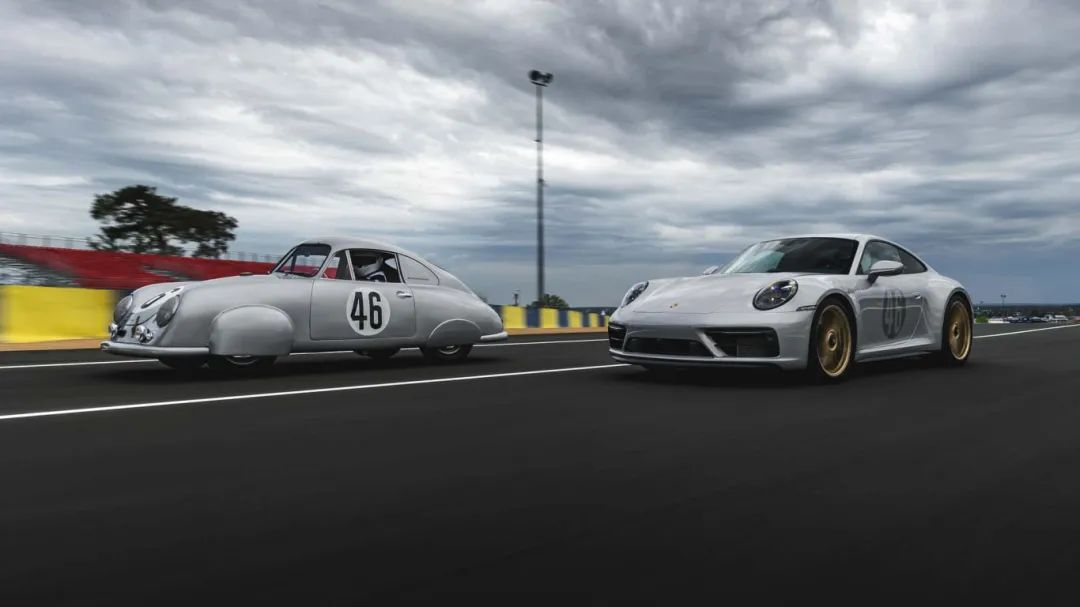
In other words, looking at it now, Porsche and Subaru, which always regard horizontally opposed engines as product selling points, ostensibly do so for the driving pleasure, stubbornly adopting horizontally opposed engines with low center of gravity, low vibration, and high balance. But if we return to the historical origin, they each have their own little agendas.
For the former, after World War I, the German automotive industry learned from Tatra and created the famous KDF-Wagen (VW Type 1), which later became the Volkswagen Beetle. Since Ferdinand Porsche was the chief designer of this model, from Tatra 97, to the first-generation Volkswagen Beetle, to Porsche 356, the continuation of the horizontally opposed engine became a matter of course.
Afterwards, perhaps it was because the inherent mechanical characteristics of the horizontally opposed engine were perfectly suited to Porsche's sporty nature. After numerous technical optimizations, the horizontally opposed engine became a proud technological feature of Porsche automobiles.
On the other hand, unlike Porsche, Subaru initially entered the automotive field more because after World War II, Nakajima Aircraft, the predecessor of Subaru, merely tried its hand at car manufacturing due to the sharp decline in its aircraft business and Japan's proposal to develop the "national car" Kei-Car concept.
As for why Subaru became a fan of horizontally opposed engines?
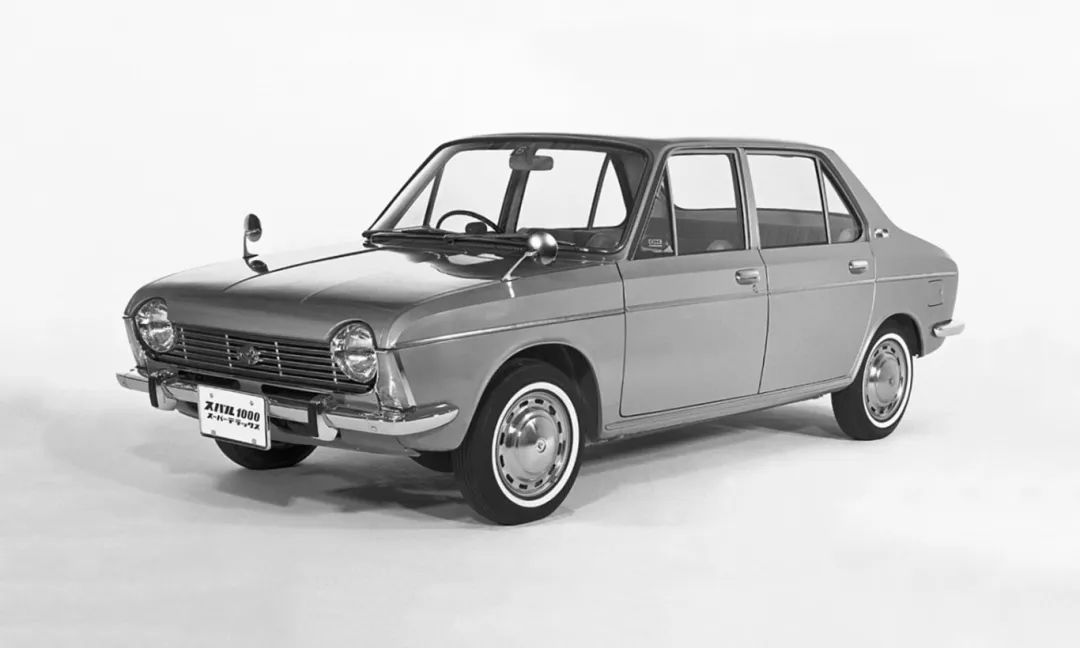
Firstly, when deciding to launch a family sedan more suitable for most users into the market, the research and development experience accumulated in the Nakajima Aircraft era for radial reciprocating engines could be used in the development of horizontally opposed engines. Secondly, from the product performance of the first model, the Subaru 1000, Subaru did indeed discover its advantages of low center of gravity, low vibration, and smooth ride.
In this way, Subaru, which was already looking to create some unique characteristics in competition with Japanese automakers such as Toyota and Honda, only regarded the horizontally opposed engine as its brand feature.
It is undeniable that, like Porsche, from the initial EA, ER series, evolving into the second-generation EJ, EG, EE series, to the third-generation FB/FA series, and the latest fourth-generation CB series, Subaru's expertise in horizontally opposed engines can be described as superb.
But as the saying goes, for any enterprise, efficiency enhancement is the way to develop, and cost reduction is the foundation for survival. When the technical characteristics of horizontally opposed engines are not sufficient to bring sufficient hidden benefits to enterprises at the marketing level, besides Porsche and Subaru, brands that have attempted in this field have suddenly lost interest in research and development.
Against this background, today, BYD's choice of a horizontally opposed engine is not for showmanship. This engine is first equipped on the Yangwang U7, merely to bring better power and handling performance. As for whether the cost is high or low, it is not a key indicator for evaluation.
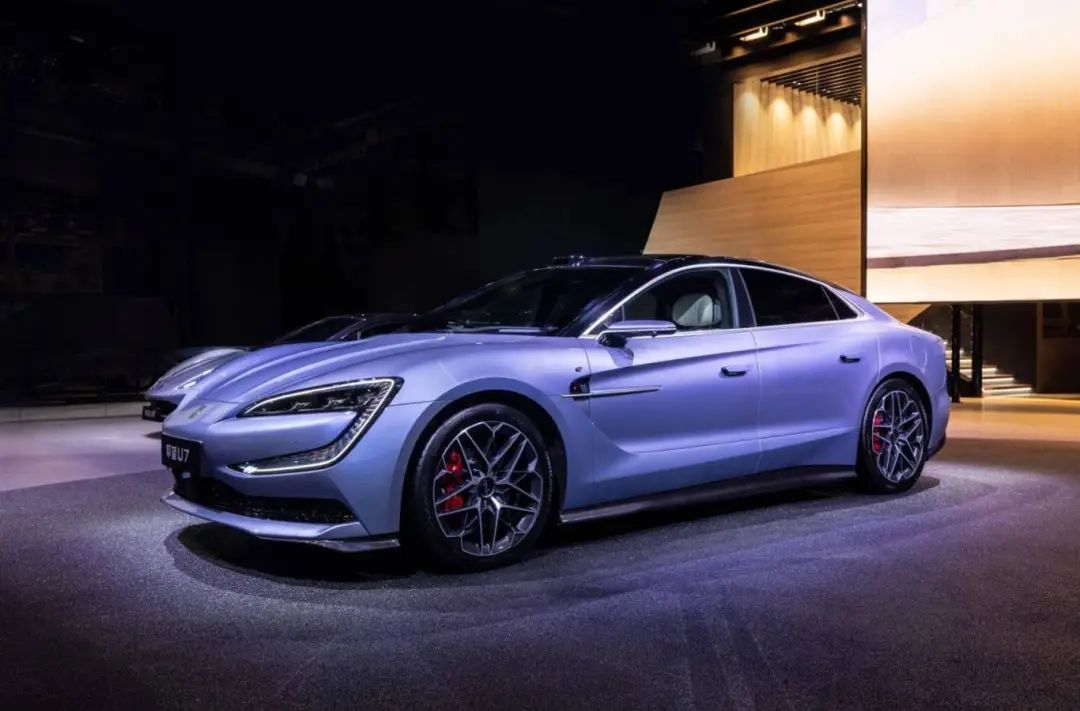
And as we all know, in the current situation where brand precipitation is inferior, if Chinese automobiles want to sell at a high price and compete with foreign brands in the luxury product line, the only way is to create new advantages for themselves in technological leadership.
Therefore, when the technology of horizontally opposed engines appears in BYD's hands, it not only represents that the trump card technology held by Porsche and Subaru can be caught up with by Chinese automakers but also reflects that Chinese automakers have gone all in in competing for market discourse power.
This time, overcoming the technology of horizontally opposed engines can add an advantageous aspect to their products. Next time, no matter whether it is BYD or not, as long as there is an opportunity, who knows which Chinese automaker will come up with some core technology that can change their fate.
Editor-in-Charge: Yang Jing, Editor: Chen Xinnan







